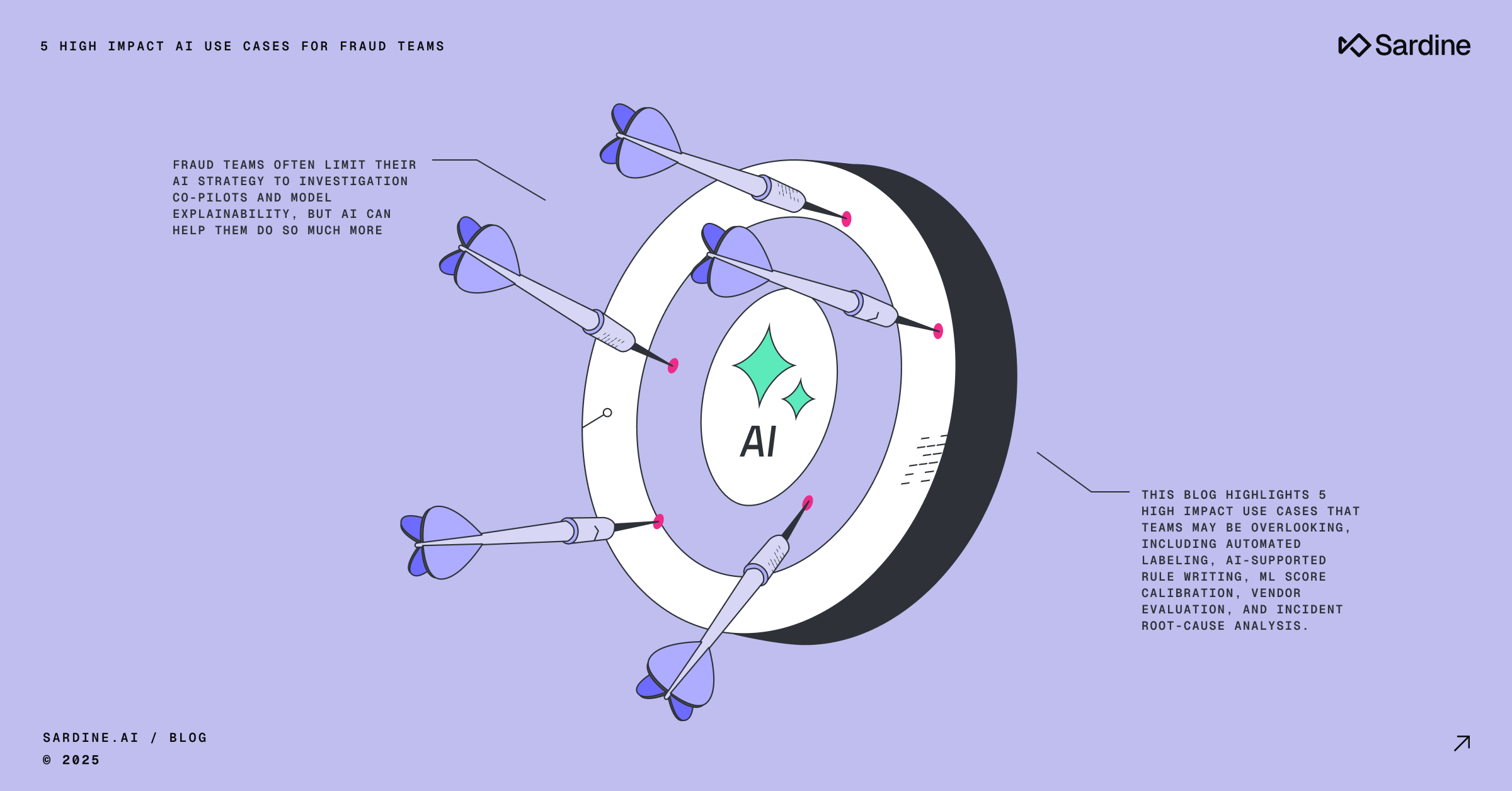A little bit of friction is a good thing.
Contrary to popular belief, today’s consumers are open to a bit of friction as long as it benefits them. Fintech companies and merchants often see friction as the enemy, and in many ways, it is. But the right friction at the right time can create trust and improve your business's most important key metrics.
How friction builds trust
Looking at my personal behavior:
When logging into my bank, fintech, or crypto app, I get immediately worried if they do not send me a push notification or the 2FA token (SMS or TOTP).
More so, I get paranoid.
- Did someone change the phone number on my bank?
- Did someone port my phone number to their own device?
- Am I on the real website or a real app?
I default to turning on 2FA on every login. I want friction when I am doing any large transaction. I understand what friction often means – more security, less fraud, in exchange for just a few seconds or minutes of time.
The adoption of passwordless logins will soar.
As our digital lives grow, so do the hacks, scams and fraud headlines. Consumers will want choices. They will desire friction. They will want to be prompted at certain logins or large transfers.! This inate part of human pyschology is crucial to getting consumers to use your app or service above any other.
Especially if we as companies must educate our consumers on the many benefits of that little bit of friction.
Ask yourself: Would you rather wait a minute or two to confirm a large transaction or get to it instantly with a higher risk of fraud?
In reality, that’s often the unspoken tradeoff.
How we balance friction at Sardine
At Sardine, we take a risk-based and data-driven approach to everything we do. If we’re very confident a consumer is who they say they are (the same user) and they’re making a low-risk transaction, we can remove friction. Alternatively, we can add friction for higher-risk transactions like authenticating with biometrics or asking for additional KYC information.
The nuance of the highest-performing onboarding, funding, and payment journeys in finance is that sometimes it's knowing when to add friction and knowing when to remove it.
If you want to learn more about how we balance these tradeoffs, get in touch!



%20(1).png)





.png)

